Did you know that Snohomish Sound and the surrounding rivers are home to more than 50 species of fish ? These abundant waters, fed by the mighty Snohomish River and neighboring Puget Sound, make this region one of the top hot spots for fishing in the entire Pacific Northwest . Whether you're after prized salmon or just enjoy the thrill of casting a line in new waters, Snohomish Sound fishing offers untapped potential in every season.
From bustling salmon runs to hidden shoreline gems, the area beckons anglers—both beginners and pros—with its diverse opportunities. Want to outfish your buddies, unravel fishing secrets, and confidently navigate regulations? This comprehensive guide reveals all the essential details and insider spots you need to catch more now!
Snohomish Sound Fishing: Surprising Facts and Untapped Potential
- Did you know that over 50 fish species, including prized salmon runs, call the Snohomish Sound and surrounding waterways home? This area outpaces many Pacific Northwest locations for diverse fishing opportunities.

Finding Your Best Snohomish Sound Fishing Spot: Top Salmon Fishing Destinations
- Snohomish River for Chinook, coho, and pink salmon
- Lake Stevens for trout and kokanee
- Puget Sound beaches and piers for seasonal abundance
- Hidden spots in Snohomish County revealed by local guides
The Snohomish River serves as a lifeline for migrating salmon, drawing anglers each season in search of Chinook, coho, and every-other-year pink salmon runs. Head to classic parks like Sportsman Park in Sultan or explore spots near the PUD smolt trap for robust fishing action, especially when salmon on a PUD run upstream. Meanwhile, Lake Stevens remains a favorite for families and solo anglers alike, offering productive trout and kokanee fisheries from both shore and boat access.
For truly bountiful experiences, many find success along the Puget Sound beaches—casting for salmon, crab, and bottom fish from accessible piers. Don't overlook hidden saltwater coves and estuaries; local guide services and fishing charters often reveal secluded spots in Snohomish County, where less-pressured fish await. With new techniques and local insights, your next outing can yield exciting surprises at every cast.
Snohomish River and Puget Sound: The Heart of Snohomish Sound Fishing
Salmon Fishing in the Snohomish River: Seasons, Techniques, and Tackle
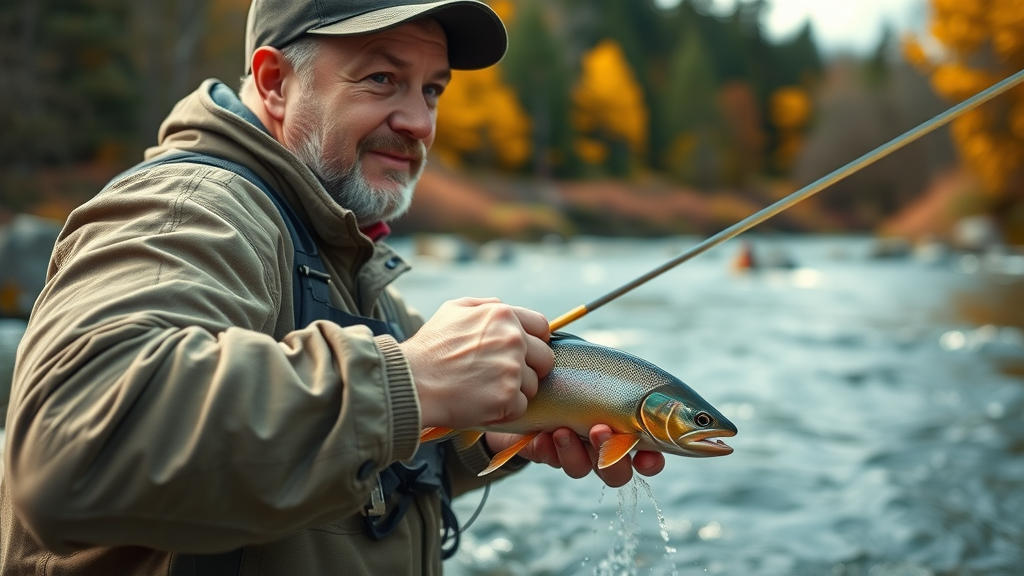
When it comes to salmon fishing on the Snohomish River, timing is everything. The primary salmon seasons—August through November—coincide with the return of Chinook, coho, and, in odd years, pink salmon. Biologist Kyle Legare and other local fish biologists monitor smolt trap data near Sportsman Park to determine peak run windows. River access points such as park in Sultan , or closer to the saltwater, deliver prime action.
Gear selection is crucial here. Popular techniques include drift-fishing roe, chucking spinners, or working eggs under a float for steelhead and salmon. Many successful anglers to fish with medium-action rods paired with sturdy reels, ready for powerful, migratory fish. Understanding the latest fishing rules ensures your tackle and approach comply with current regulations and conservation measures, set forth by the Washington State Department of Fish and Wildlife .
Local guide services suggest targeting dawn and dusk, when salmon are most active in cooler stretches. Even savvy fishers benefit from tips provided by salmon fishing veterans, using knowledge from pud smolt trap and snohomish county surveys for the latest river hotspots.
Puget Sound Adventure: Best Times to Fish and Target Species
The Puget Sound coastline provides a dynamic playground for both saltwater novices and lifelong anglers. From the shallow estuaries to deeper channels, you'll find saltwater species like salmon, flounder, and the region’s famous Dungeness crab. June through September is widely regarded as the best salmon fishing window, but halibut and bottom fish surprise many who try their luck from piers or boat launches.
Timing your Puget Sound adventure with tidal flows can pay huge dividends for surface-feeding salmon. Some expert strategies involve working lures like spoons and hoochies during gentle tidal exchanges or anchoring near current breaks where baitfish congregate. Families and groups who book a fishing charter often discover year-round fishing opportunities that maximize catch rates, guided by real-time knowledge from local captains.
Whether you’re casting from a public beach or joining a charter fishing expedition, the diversity and abundance of the Puget Sound never disappoint. Don't miss seasonal family events organized by the community, where youngsters learn essential skills alongside seasoned pros—all while enjoying Washington state’s legendary salmon runs.
Booking a Fishing Charter: Elevating Your Snohomish Sound Fishing Experience
Fishing Charters vs. DIY: What Makes Guided Fishing Worthwhile in Snohomish County?
Considering a fishing charter over the DIY approach could be the difference between a so-so day and a memorable trophy excursion. Canoeing solo might offer peace, but guided fishing charters in Snohomish County deliver insider knowledge, safety, and efficient access to top-producing waters. Guides like those mentioned by Biologist Kyle and local veterans are equipped with up-to-the-minute fish trends, from which lures match current salmon on a PUD run to which sandbars are producing at specific times.
Guided fishing trips are especially valuable for newcomers or those targeting salmon during tightly regulated seasons—when fishing regulations and rule changes can be confusing. Having a knowledgeable expert on board helps you navigate local licensing, gear requirements, and sustainable fishing practices. Plus, many charters provide all essential equipment, allowing you to focus on the thrill of fishing rather than logistics.
Beyond convenience, charters are a great way to explore the best of Snohomish River, Puget Sound, and even Lake Stevens—connecting you directly with fish Washington dreams, whether for a trophy Chinook, a limit of crab, or scenic multispecies adventure.
How to Choose the Right Fishing Charter for Salmon Fishing in Snohomish Sound
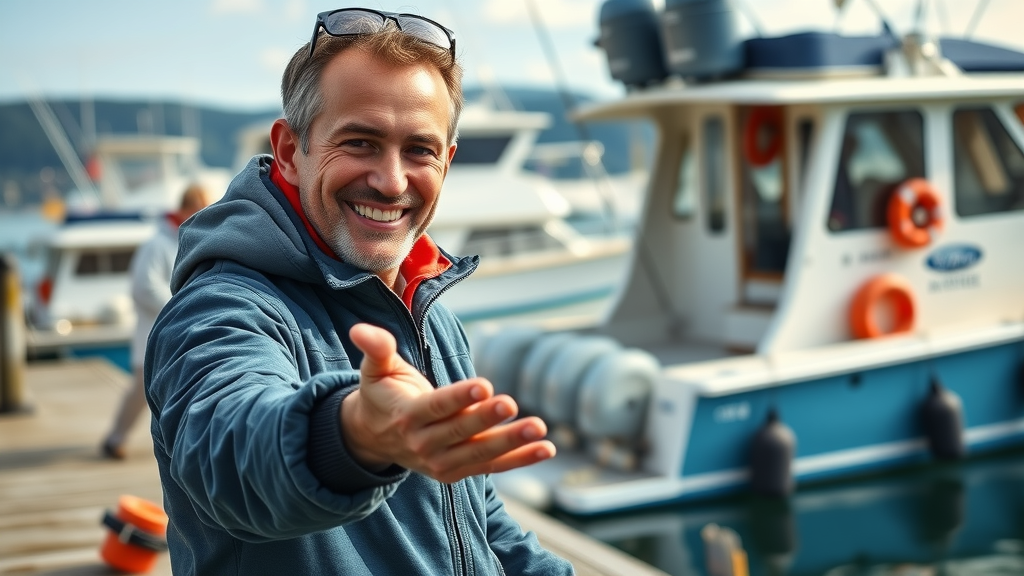
With so many fishing charters available in Snohomish County, making the right choice is key. Start by looking for operators with excellent reviews, state licensing, and certified guides who truly know the area’s waterways. Reach out—ask about their experience with salmon runs, familiarity with recent smolt trap research, and how they comply with fishing regulations and fish biologist recommendations.
Many seasoned guides offer tailored experiences: solo instruction, kids' learning days, or even specialty expeditions for sturgeon and cutthroat trout. Don’t hesitate to inquire about tackle, bait, and the local rules for your trip. A reputable charter will handle the paperwork for your fishing license, saving you hassle and keeping you compliant with fish and wildlife requirements.
Whether you want to fish like pros from your first cast or simply enjoy scenic views near Sportsman Park in Sultan, booking through a top-rated fishing charter ensures your time—and catch—will be maximized.
Snohomish Sound Fishing Regulations: Stay Informed, Fish Legally
- Latest fishing rules and updates for Snohomish County and the Puget Sound
- Snohomish River closures and open dates
- Licenses, limits, and restricted areas
Staying up-to-date with fishing regulations is crucial in Snohomish County. The Washington State Department of Fish and Wildlife regularly updates fishing rules, including seasonal closures to protect spawning salmon and steelhead, especially in sensitive areas of the Snohomish River. The smolt trap near Sportsman Park provides data that helps biologists like Kyle Legare determine sustainable harvest limits and protect future runs.
Anglers are required to carry a valid fishing license , and pay close attention to area-specific regulations: some zones, such as certain stretches of the Snohomish River or select Puget Sound beaches, may have gear restrictions, closures, or special tags for salmon or sturgeon. Review the rules before every trip —these regulations aim to preserve healthy fish stocks for everyone, from the first-time lake fisher to the seasoned salmon veteran.
Always consult official sources, such as Fish Washington apps and posted notices, for the latest closures or open dates. This ensures you remain legal, safe, and part of the conservation effort that keeps Snohomish Sound fishing exceptional year after year.
| Location | Target Species | Best Season | Access Type |
|---|---|---|---|
| Snohomish River | Salmon, steelhead | Aug-Nov | Bank, Boat |
| Puget Sound Beaches | Salmon, flounder, crab | June-Sep | Shore, Pier, Boat |
| Lake Stevens | Trout, kokanee | Spring-Fall | Boat, Shore |
What You'll Gain From Mastering Snohomish Sound Fishing
- Reliable knowledge of year-round fishing hotspots
- Confidence interpreting fishing regulations for hassle-free trips
- Techniques for maximizing catch rates in Snohomish River and Puget Sound
- Strategic use of guided fishing services and local charters
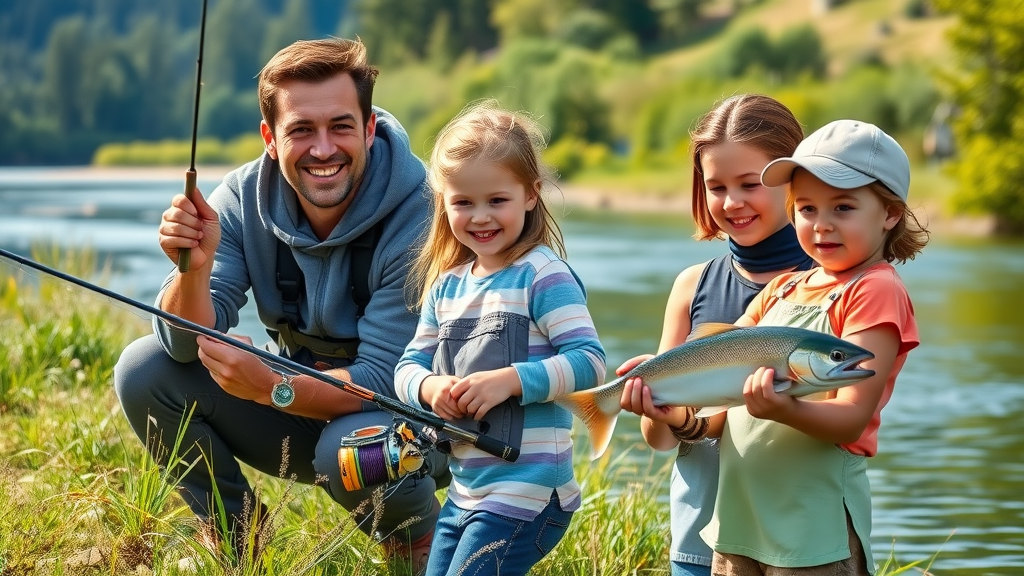
Becoming skilled in Snohomish Sound fishing means you’ll never be left wondering where or when to fish Washington waters. With the right information, from park in Sultan access points to smolt trap hot spots, you’ll have confidence planning legal and rewarding fishing expeditions in every season. Decoding fishing rules will come naturally, so closures never catch you off guard, and you’ll learn which gear or bait works best by the river or in the Sound.
By cultivating a relationship with local fishing charters and guides, you’re guaranteed up-to-date insights and techniques—kindling lifelong passion whether fishing solo, with kids, or as part of community stewardship events. It’s about more than catching fish; it’s about joining a vibrant Pacific Northwest tradition.
"The success of Snohomish Sound fishing is no accident—it's a community effort, where science, stewardship, and sport come together." – Local Fishing Guide
For additional expert tactics, check out these participant videos and demonstrations, brimming with salmon fishing tips, gear reviews, and proven strategies to make each trip even more productive.
Expert Answers: People Also Ask About Snohomish Sound Fishing
What is the best bait for sound fishing?
- Herring, sand shrimp, and garden worms excel for salmon and bottom fish in the Snohomish Sound. Local anglers also recommend using lures such as spoons and spinners for active fish.
Why is the Snohomish River closed to fishing?
- Seasonal closures on the Snohomish River usually protect spawning salmon and steelhead populations per state fishing regulations. Check current updates before planning your trip.
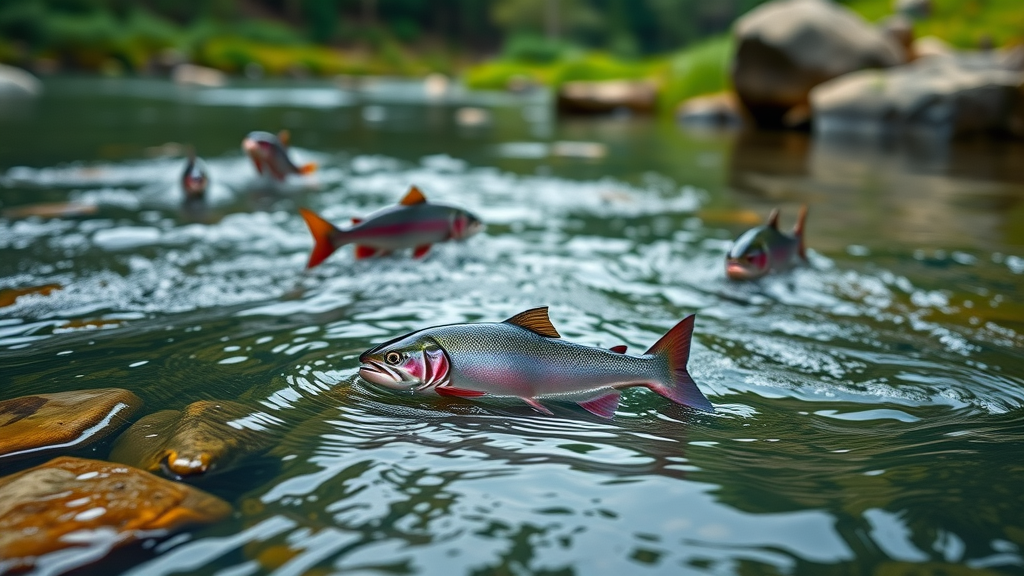
What fish can you catch in the Snohomish River?
- Salmon (Chinook, coho, pink), steelhead, cutthroat trout, and sturgeon are among the top catches in the Snohomish River, varying by season.
Can you fish in the Puget Sound?
- Yes, Puget Sound offers abundant saltwater fishing opportunities, subject to seasonal rules and licensing requirements. Salmon, flounder, halibut, crab, and more are targeted by anglers from boats and shore.
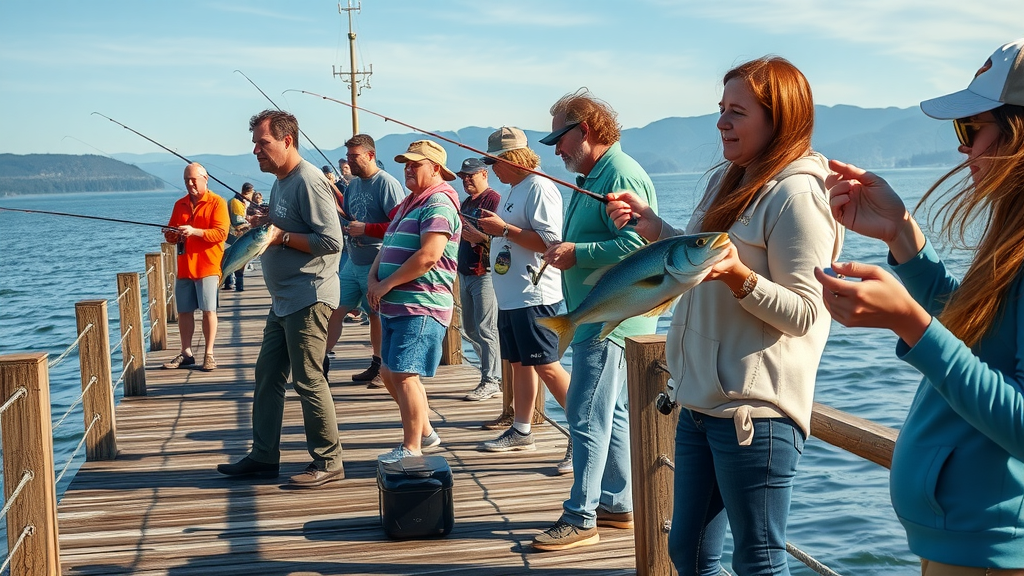
Planning Your Next Snohomish Sound Fishing Outing: Licensing, Gear, and Local Insights
- Where to obtain your fishing license in Snohomish County
- Must-have gear for guided fishing tours and solo expeditions
- Contact details for reputable fishing charters and licensing offices
Before your next big outing, be sure to purchase your fishing license —available online via Fish Washington , from local sporting goods stores, or at licensing kiosks near Snohomish County parks. Essential gear varies with your target; salmon and steelhead on the Snohomish River demand medium-heavy rods, quality bait, and knowledge of legal lures, while Puget Sound outings might also include crabbing pots or surf-casting tackle. Reputable fishing charters streamline the process and provide necessary equipment, making them ideal for beginners or visitors.
For direct local insight, call ahead to recommended guide services or check area tackle shops, which often provide daily updates, latest hot spots, and even handle paperwork for your fishing license . By preparing ahead, you'll have everything you need for a successful, memorable day on the water—be it guided fishing or a solo adventure by Lake Stevens or the foot of the Snoqualmie River.
Frequently Asked Questions About Snohomish Sound Fishing
- How do fishing regulations differ for freshwater vs. saltwater in Snohomish County?
- Are there family-friendly fishing spots in the Snohomish River area?
- When is the best time for salmon fishing in Snohomish Sound?
- Can beginner anglers benefit from hiring local fishing charters?
How do fishing regulations differ for freshwater vs. saltwater in Snohomish County? Freshwater regulations tend to be more restrictive, particularly during salmon spawning seasons, with specific closures and gear limits. Saltwater fishing in the Puget Sound follows state-wide seasons, species limits, and separate licensing requirements. Always consult the latest regulations before fishing in either environment.
Are there family-friendly fishing spots in the Snohomish River area? Yes! Parks like Sportsman Park in Sultan and sections of Lake Stevens are ideal for families. Shallow water, nearby facilities, and accessible trails make them great choices for introducing kids to fishing.
When is the best time for salmon fishing in Snohomish Sound? August to November marks the main salmon runs along the Snohomish River, while June to September offers excellent salmon fishing along Puget Sound’s beaches and piers. Always check the most recent season calendars for updates on open dates and allowed species.
Can beginner anglers benefit from hiring local fishing charters? Absolutely! Charters in Snohomish County cater to all experience levels, providing instruction, equipment, and local expertise. This maximizes your chances for success and ensures you fish within legal limits, even if you’re new to Pacific Northwest fishing.
Ready to Explore Snohomish Sound Fishing? Connect With Local Experts Today
- Please Call For More Information on guided trips, charters, and current regulations to make the most of your next Snohomish Sound fishing experience.
Action Step: Don’t wait! Reach out to local guides, get your license, and discover why Snohomish Sound fishing is famous for memories as well as catches. Your adventure—and future trophy fish—await!
For anglers eager to explore the rich fishing opportunities in Snohomish Sound, several resources offer valuable insights. The Washington Department of Fish & Wildlife’s “Discover North Puget Sound” page provides up-to-date information on fishing seasons, species availability, and regulations specific to the area. ( wdfw.wa.gov ) Additionally, the Snohomish County official website’s “Crabbing & Fishing” section details accessible fishing locations, licensing requirements, and tips for both freshwater and saltwater fishing within the county. ( snohomishcountywa.gov ) These resources are essential for planning a successful and compliant fishing trip in the region.
 Add Row
Add Row  Add
Add 

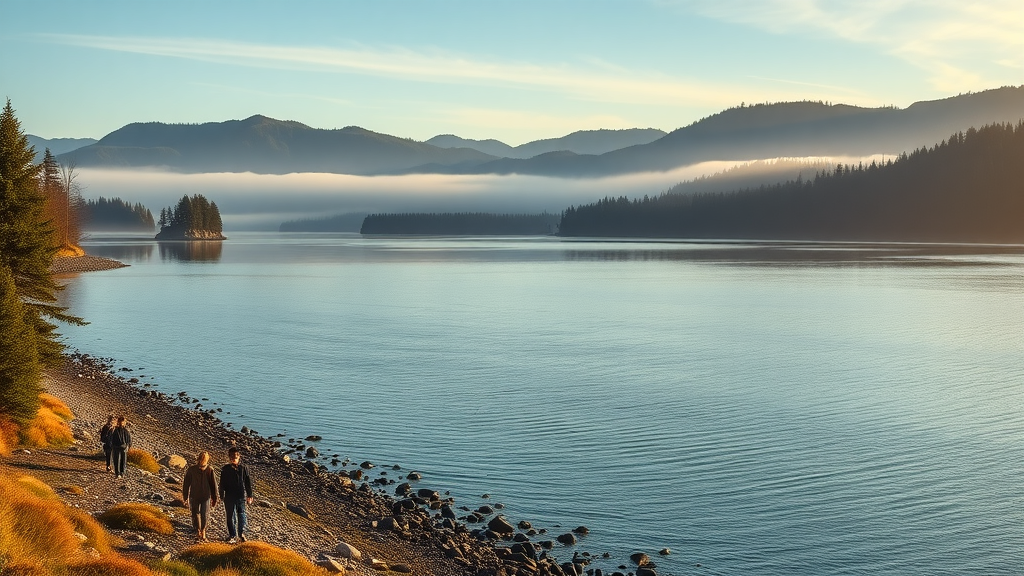
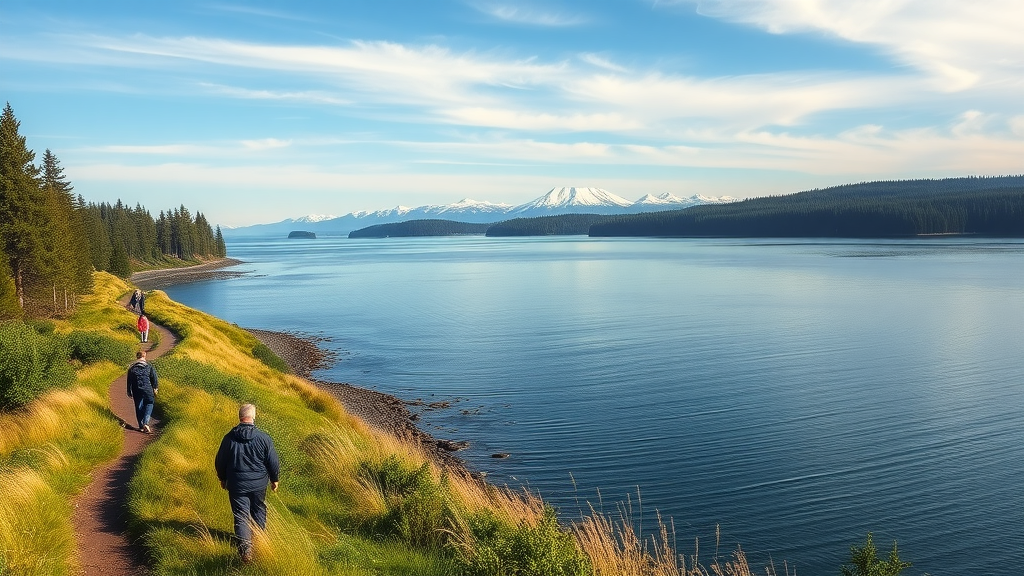
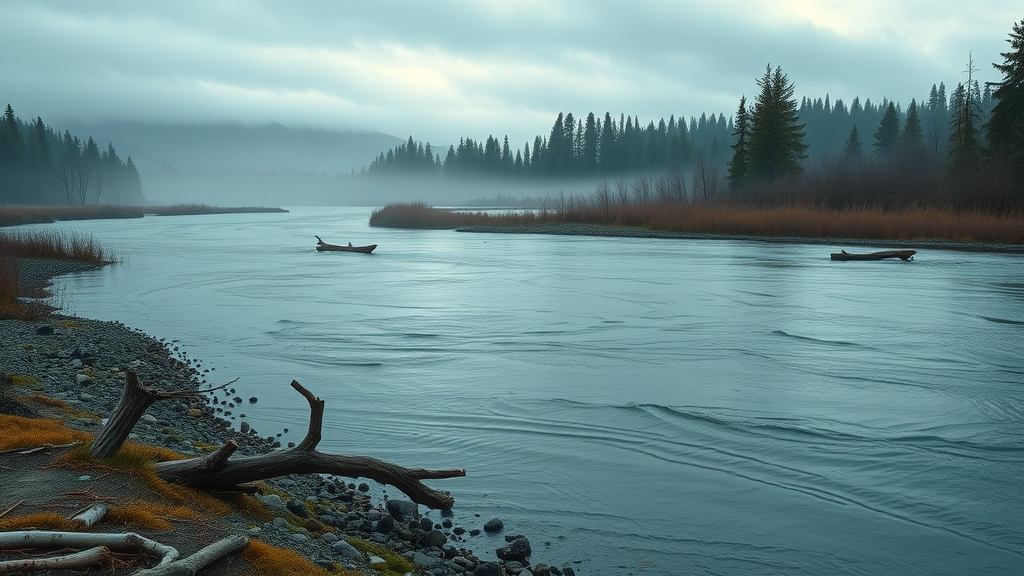
Write A Comment